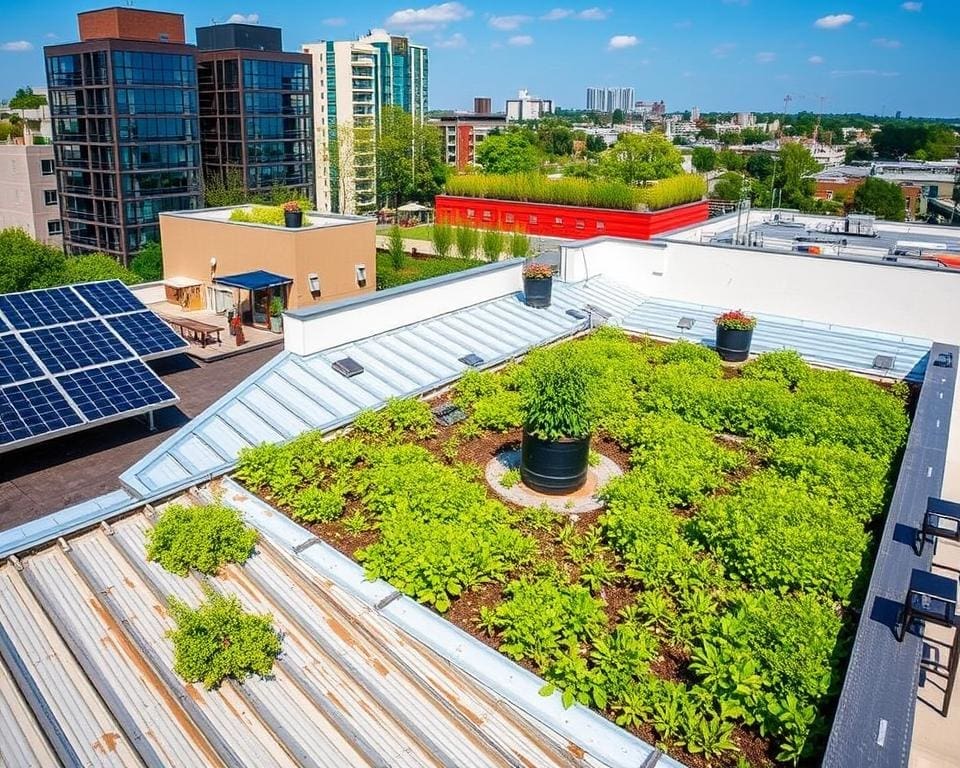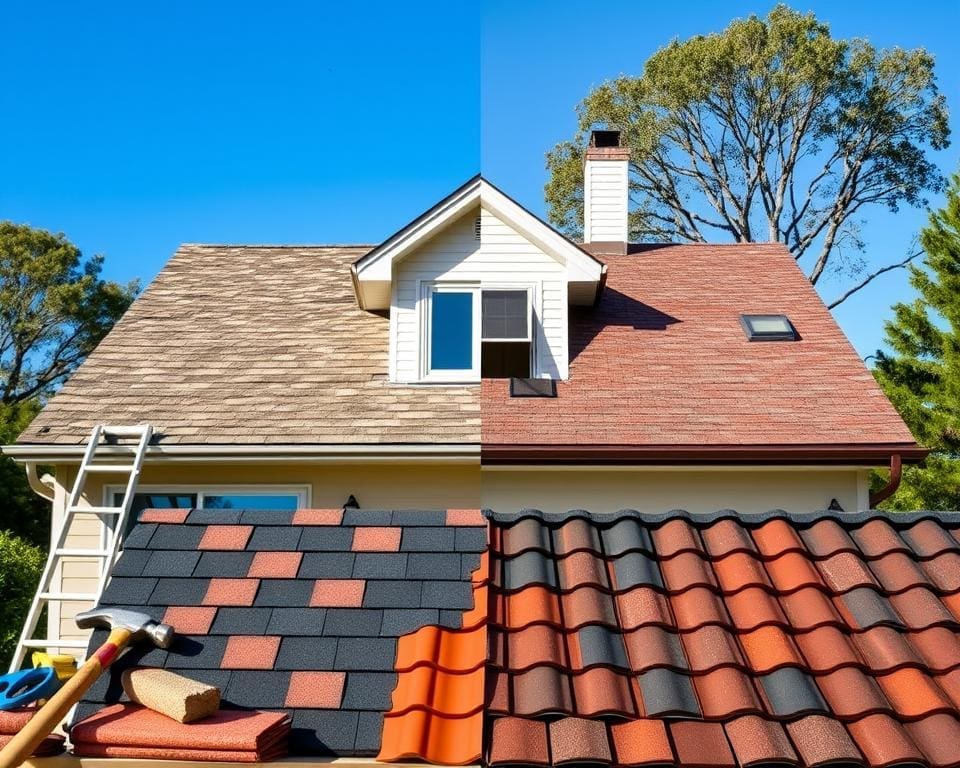Replacing your roof is a significant decision that requires careful thought and planning. Understanding what to consider when replacing your roof is essential not just for aesthetic appeal but also for enhancing energy efficiency and insulation. As you venture into this process, explore various roofing options that align with your home’s architectural style and your personal preferences.
Thorough research is vital, as local building regulations may influence your choice of materials and design. Moreover, investing in quality roofing can offer a substantial return on investment, positively impacting your property value. This guide will provide you with invaluable roof replacement tips, ensuring that you approach budgeting for a new roof with confidence.
Understanding Your Roof Replacement Options
When it comes to roof replacement, homeowners encounter a wealth of choices. From the wide variety of materials available to innovative eco-friendly roofing options, making the right selection can greatly impact your home’s durability, efficiency, and aesthetic appeal. Let’s explore the pivotal aspects of choosing roofing materials, the increasing popularity of sustainable solutions, and the longevity of different roof types.
Choosing Roofing Materials
The selection of roofing materials significantly affects the performance and style of a home. Popular options include:
- Asphalt Shingles – Affordable and easy to install, these are a common choice for many homeowners.
- Metal Roofing – Known for its durability and energy efficiency, metal roofing can be a stylish and long-term investment.
- Slate – This premium option offers a stunning appearance and exceptional longevity, making it an alluring choice despite the higher cost.
- Tiles – Available in various materials, tiles provide a unique aesthetic and excellent durability, suited for various climates.
Understanding the pros and cons of each material can empower homeowners to make informed decisions tailored to their needs.
Eco-Friendly Roofing Options
Many homeowners are now prioritising eco-friendly roofing options that not only enhance sustainability but also reduce energy costs. Examples include:
- Solar Tiles – These innovative tiles generate renewable energy, providing savings on utility bills.
- Green Roofs – Living roofs filled with vegetation offer natural insulation and improve air quality.
Embracing eco-friendly solutions can create a lasting impact on both the environment and your home’s overall energy efficiency.
Longevity of Different Roof Types
The longevity of different roof types plays a crucial role in future planning. Homeowners should consider how each material affects long-term maintenance costs and replacement intervals. Roofs made from materials such as asphalt generally last 15 to 30 years, while metal roofs can last 50 years or more. Slate and tile roofs, although more expensive, often have lifespans exceeding 100 years.
Before making a final decision, it’s wise to gather insights from industry experts regarding regional preferences and how climate influences material choices. By weighing these factors, homeowners can ensure a robust and sustainable roofing solution.

What to Consider When Replacing Your Roof
Replacing a roof is a major investment that requires careful thought and preparation. A successful roof replacement hinges on two critical aspects: thorough inspection and professional assistance. This section offers essential insights tailored for homeowners to make informed decisions.
Roof Inspection Checklist
Before diving into replacements, it is imperative to conduct a comprehensive roof inspection checklist. This checklist should include:
- Assessing visible damage such as cracks, missing shingles, or signs of leaks.
- Determining the age of your current roof, as this impacts its longevity.
- Checking for mould or rot that may suggest underlying issues.
- Evaluating the condition of flashing and gutters to ensure proper water drainage.
A detailed roof inspection checklist not only identifies problems but also helps in prioritising repairs before embarking on a complete roof replacement.
Hiring a Professional Roofer
After the inspection, the next step involves hiring a professional roofer. This choice impacts the overall quality of the roofing work. Consider the following when selecting a roofer:
- Verify credentials and experience in the roofing industry.
- Obtain multiple quotes to compare services and costs effectively.
- Ask for references and case studies to understand the roofer’s past projects.
- Review warranties on both materials and workmanship for added peace of mind.
Engaging in this process ensures you make a well-informed choice, leading to a successful installation. Following these steps is critical for long-lasting results and effective roof maintenance advice.
Budgeting for a New Roof
When embarking on a roof replacement project, effective budgeting for a new roof is essential. The overall costs will depend on various factors, including roofing materials, labour costs, and your property’s geographical location. Typically, high-quality materials may incur a higher upfront cost but can greatly enhance the durability and aesthetic appeal of your home, making them a worthwhile investment in the long run.
It’s crucial to be aware of potential hidden costs that can arise during the roofing process. Structural repairs may be required to address underlying issues, or additional upgrades might be beneficial for improving your home’s energy efficiency. Being prepared for these contingencies can help mitigate financial surprises. Employing roof replacement tips will assist in ensuring a comprehensive understanding of the total financial commitment necessary.
Homeowners should also explore various financial options like loans or grants, especially for eco-friendly installations. Balancing quality and affordability is paramount. Opting for a slightly more expensive roofing solution can contribute positively to your home’s value, ensuring that you benefit from not only short-term protection but also long-term savings on roof maintenance advice. In essence, a well-planned budget will lay the foundation for a successful roofing project that aligns with your financial goals and aspirations.









